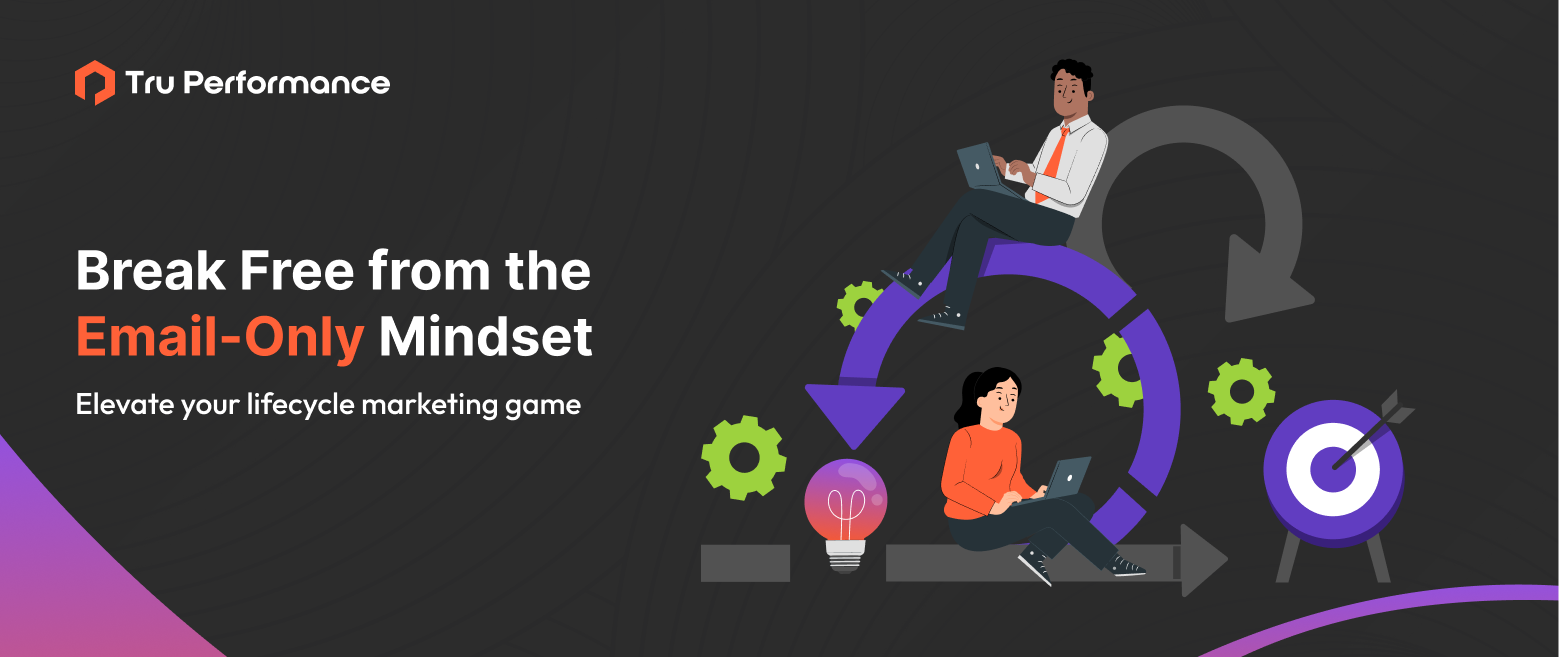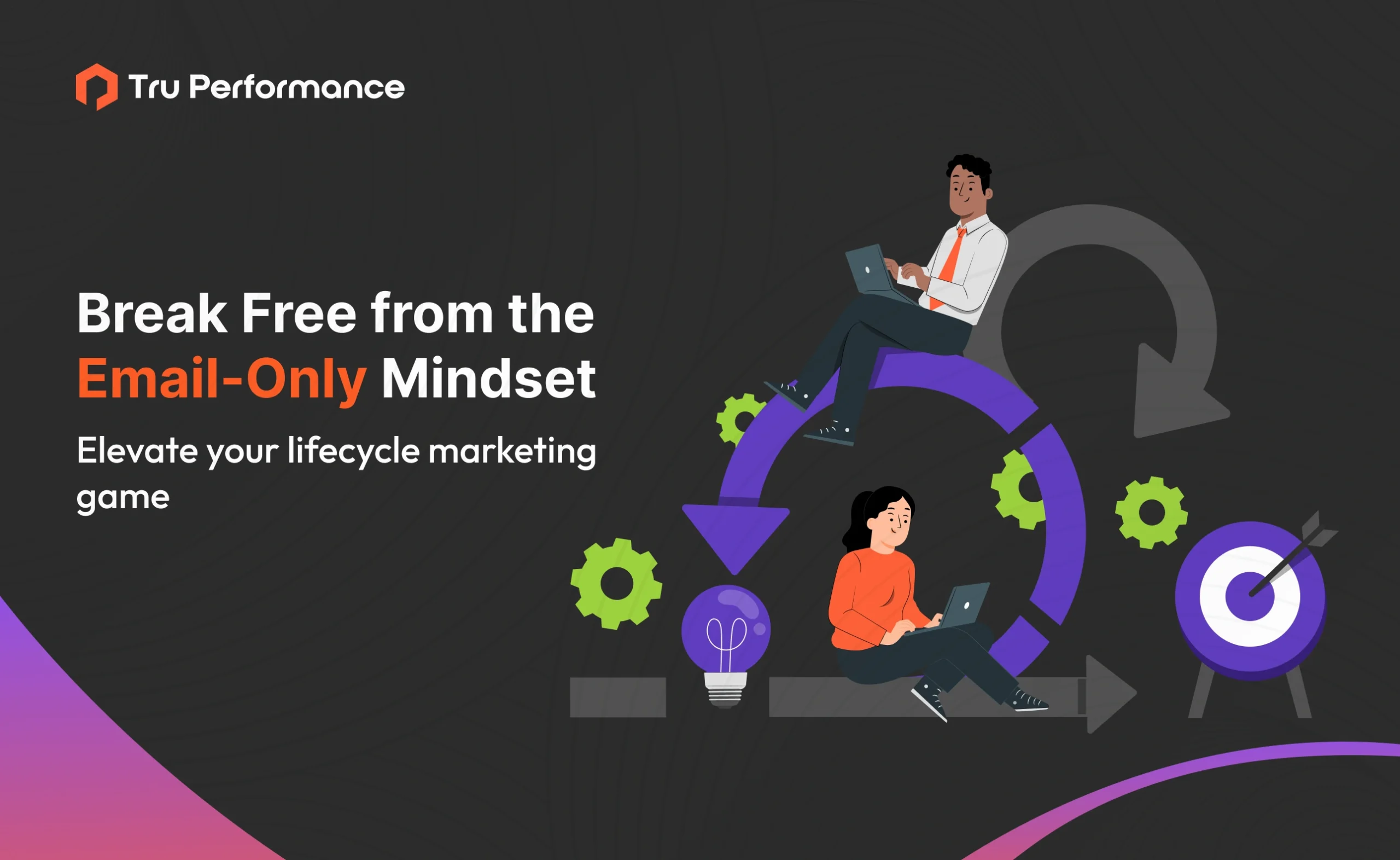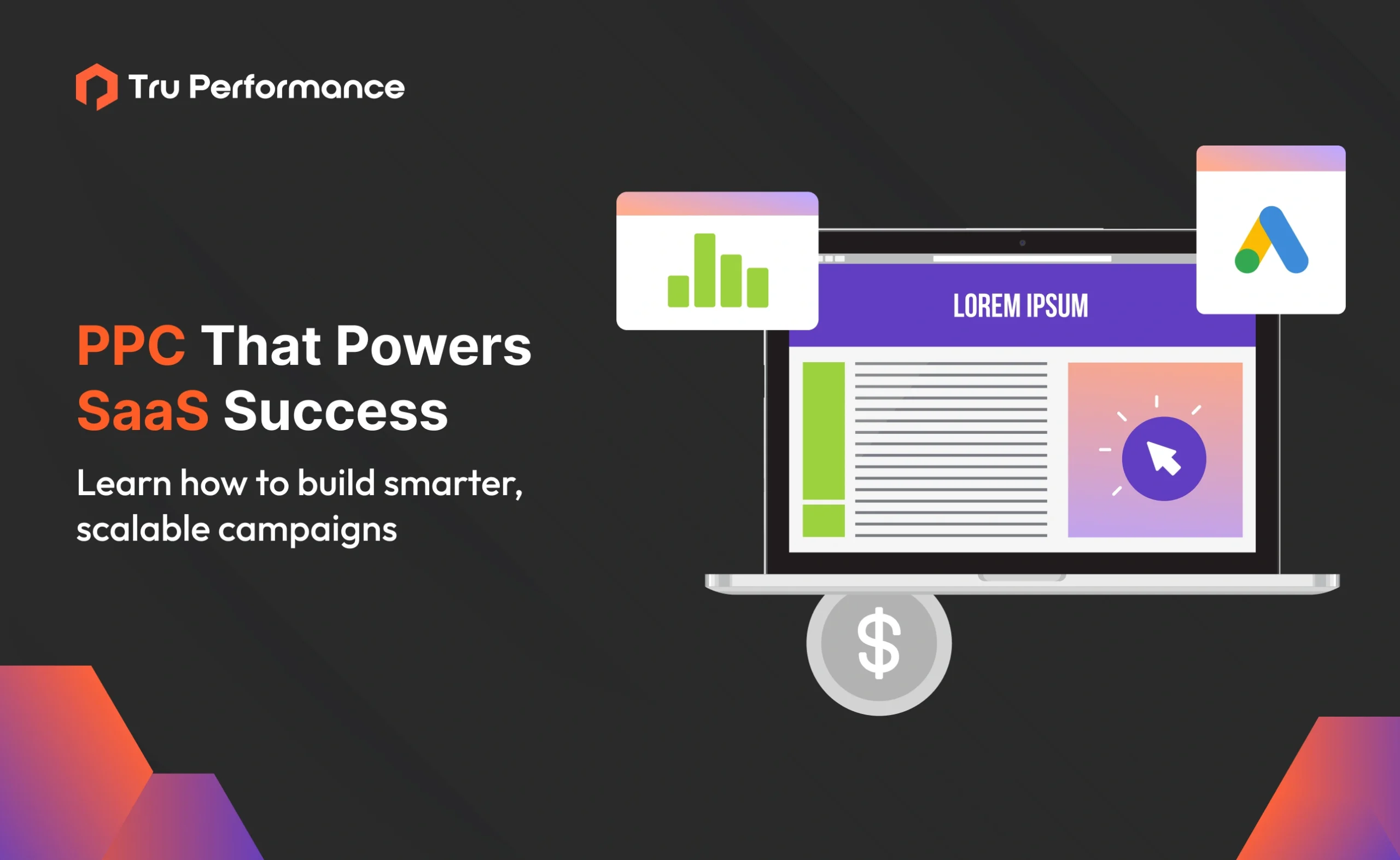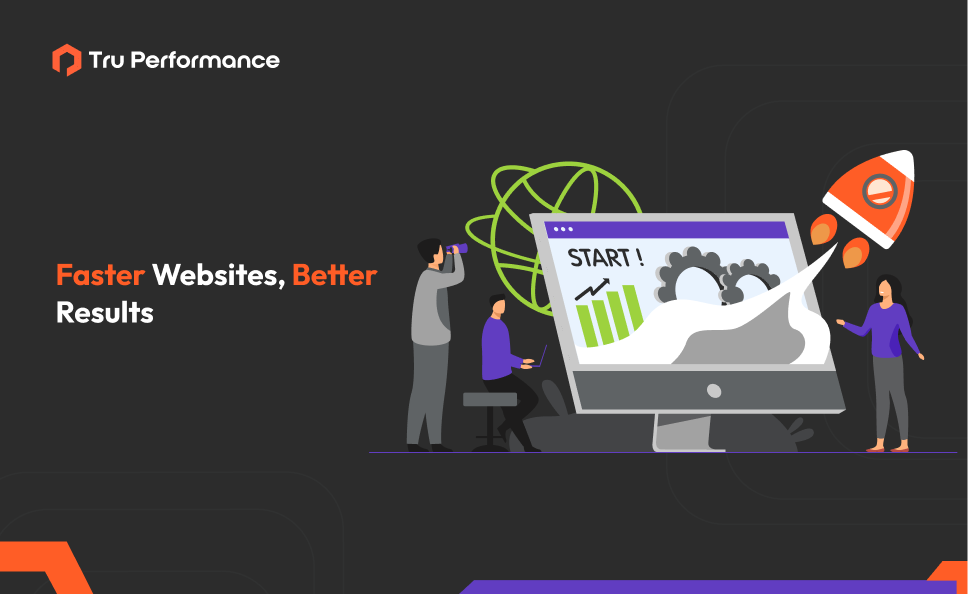In 2025, a high-performing omnichannel lifecycle marketing strategy is built on seamless, personalized customer experiences across channels—not just email. While email remains essential for owned, cost-effective engagement, relying on it alone misses a majority of customer touchpoints. Leading brands integrate email, SMS, push notifications, retargeting ads, and live chat to create coordinated, cross-channel journeys. This approach improves retention, boosts lifetime value, and ensures messages are timely, relevant, and consistent. The result isn’t more marketing—it’s smarter, connected, and customer-centric execution.
Email has long been a cornerstone of lifecycle marketing — and for good reason. It’s trackable, cost-effective, and built on data owned. For years, brands have relied on meticulously crafted email flows: welcome series, cart abandonment reminders, win-back campaigns.
However, in today’s dynamic customer landscape, email alone isn’t sufficient. Limiting your lifecycle strategy to the inbox risks missing up to 70% of customer interactions. Your audience isn’t just checking emails; they’re engaging across apps, responding to push notifications, interacting via SMS, and making purchasing decisions in real time.
Lifecycle Marketing in 2025: Cross-Channel, Connected, and Customer-Centric
Modern lifecycle marketing must evolve to meet customers where they are, delivering timely, personalized touchpoints across multiple platforms. This approach ensures deeper engagement and fosters lasting relationships.
Why Email Remains Essential — But Isn’t the Sole Player
Email continues to be a vital channel. It’s one of the few platforms you fully own, and when used strategically, it can be incredibly effective.
Yet, relying solely on email is akin to whispering in a crowded room — your message may be valuable, but it risks going unheard. Successful brands don’t just increase their marketing efforts; they orchestrate smarter, more cohesive strategies.
They align channels, connect messages, and engage customers where they are — delivering timely communications that feel helpful, not intrusive.
From Disjointed Touchpoints to Seamless Journeys
Effective lifecycle marketing isn’t about doing more; it’s about doing it better.
Transitioning from fragmented channel efforts to intentional, orchestrated experiences involves aligning messaging across:
- Email: For storytelling, education, and transactional updates
- SMS: For real-time nudges and time-sensitive offers
- Push Notifications: To drive app engagement
- Retargeting Ads: To reinforce interest and re-engage drop-offs
- Live Chat & DMs: For personalized support and quick conversions
Each channel holds value, but the true impact emerges when they function cohesively rather than in isolation.
Strategy in Action: Real-World Examples
1. NA-KD: Elevating Customer Lifetime Value
Fashion brand NA-KD shifted from traditional coupon-based campaigns to a personalized omnichannel approach using Insider’s platform. By integrating email, SMS, push notifications, and web personalization, they achieved a 25% increase in customer lifetime value and a 72x return on investment within 12 months. Source.
2. Chaayos: Boosting Customer Retention
Indian tea café chain Chaayos implemented WebEngage’s Journey Designer to create omnichannel engagement workflows. By introducing a loyalty program and targeting customers through email, SMS, and push notifications, they improved customer retention by 154%. Source.
3. INGLOT Canada: Enhancing In-Store and Online Conversions
Cosmetics brand INGLOT Canada integrated Omnisend with their point-of-sale system, enabling a unified view of customer data. This integration allowed them to deliver personalized messages across email, SMS, and push notifications, resulting in higher conversions and increased revenue per message. Source.
The Data Speaks Volumes
Industry data underscores the effectiveness of integrated, cross-channel strategies:
- Omnichannel campaigns drive 90% higher customer retention compared to single-channel approaches.
- Push notifications paired with retargeting ads can boost conversions by up to 21%.
- Customers engaging across three or more channels exhibit a 30% higher lifetime value.
These statistics aren’t anomalies; they reflect consistent outcomes across various industries and business models.
Let’s Map Your Lifecycle Strategy for 2025 (Because It’s Already Here)
Consider this exercise:
- Map your customer journey — beyond just email flows.
- Identify where customers naturally progress in their interactions.
- Assess your channel usage — which are you leveraging, and which are missing?
- Evaluate message coordination — are your communications harmonized or disjointed?
Brands excelling today aren’t necessarily doing more; they’re executing smarter, with intentionality, empathy, and a deep understanding of customer behavior.
If your lifecycle marketing remains channel-centric — especially if it begins and ends with email — it’s time to evolve.
Let’s collaborate to create connected, cross-channel experiences that resonate with your audience and drive meaningful results.
Ready to rethink your lifecycle marketing? Let’s unlock its full potential together.





Share this blog